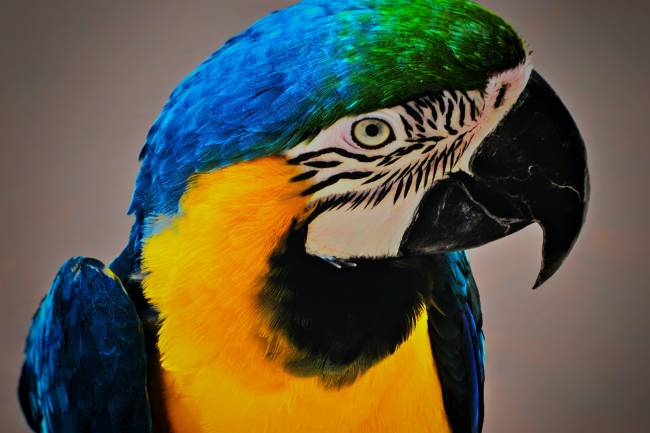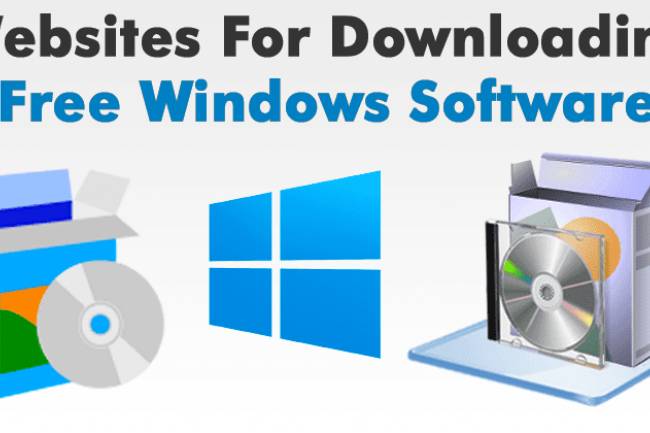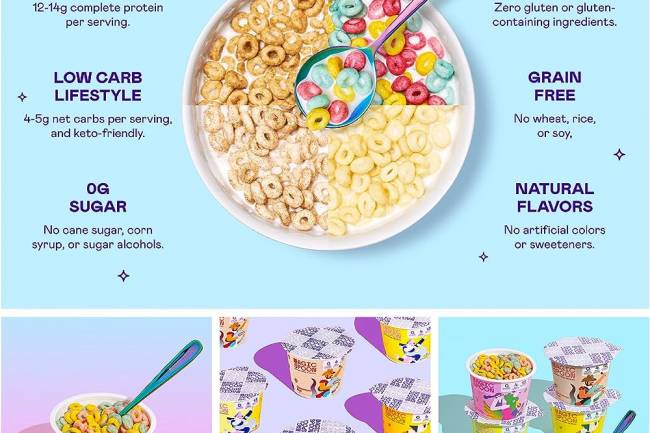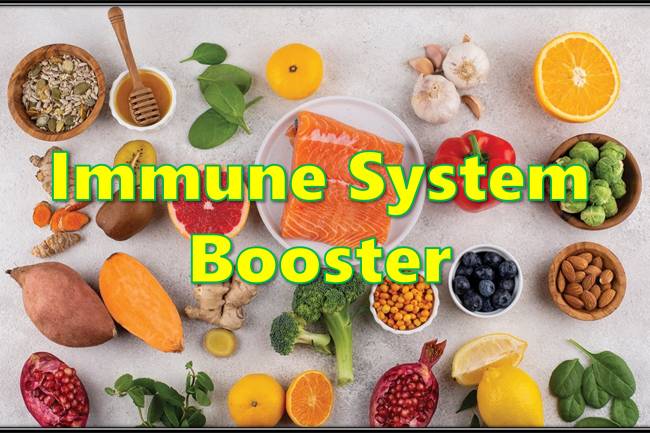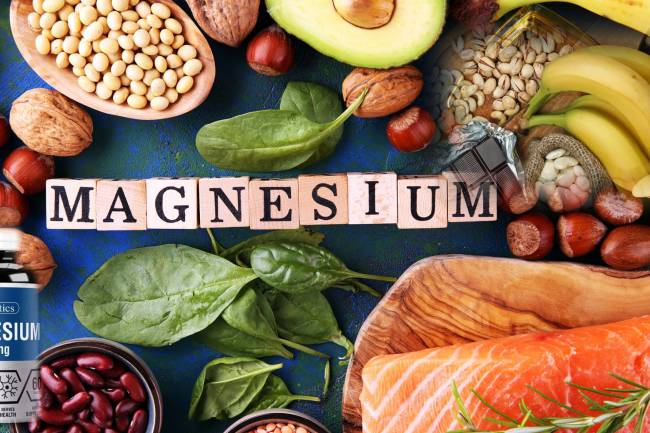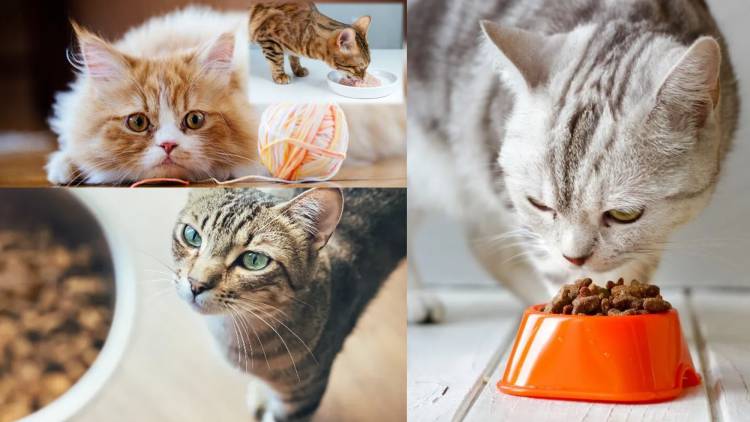
Cat Food Recall and Avian Flu
Cat Food Recall: "Get Detailed Information"
Cat food recalls are a serious matter for pet owners, as they indicate potential health risks for their beloved animals. Here's a summary of what you should know:
Table of Contents
Cat Food Recall: "Get Detailed Information". 1
Presence of harmful substances: 1
FDA (Food and Drug Administration): 1
Important things to remember: 2
Understanding Avian Influenza: 2
Factors Affecting Recall Duration: 4
Investigation and Corrective Action: 5
Why is cat food recalled?
A cat food recall occurs when a manufacturer or regulatory agency discovers that a product may be harmful to animals. Common causes include:
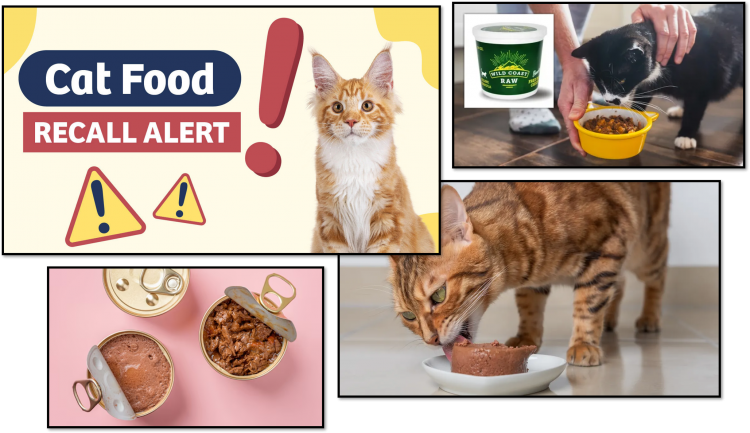
Contamination:
- This can include bacterial contamination (such as salmonella or listeria), viral contamination (such as avian influenza), or the presence of foreign objects (such as metal or plastic).
- Toxins, such as aflatoxin (produced by mold), can also contaminate food.
Nutritional Imbalance:
- Incorrect levels of essential vitamins or minerals can lead to serious health problems.
Mislabeling:
- Incorrect ingredient labeling can be especially dangerous for cats with allergies or sensitivities.
Presence of harmful substances:
- This can occur due to chemical contamination during the manufacturing process.
How is a recall announced?
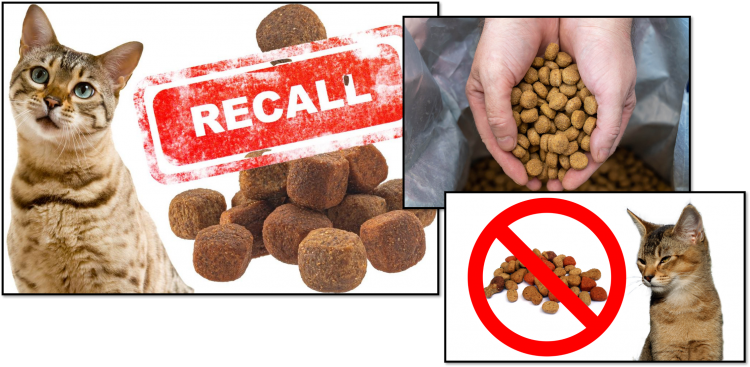
FDA (Food and Drug Administration):
- In the United States, the FDA plays an important role in regulating pet food and announcing product recalls.
- They post recall announcements on their website.
Company announcements:
- Pet food companies also issue product recall announcements through their websites, social media, and press releases.
What to do during a recall:
Check your food:
- Carefully check the cat food brand, product name, lot number, and expiration date to compare them with the recall information.
Stop feeding the product:
- If your cat's food is affected, stop feeding it immediately.
Discard or return food:
- Follow the instructions in the recall announcement for disposing of or returning the food.
Monitor your cat's health:
- Watch for any signs of illness, such as vomiting, diarrhea, lethargy, or loss of appetite.
Contact your veterinarian:
- If your cat shows any signs of illness, contact your veterinarian immediately.
Stay informed:
- Stay up-to-date on pet food recalls by regularly checking the FDA website and following reliable pet news sources.
Important things to remember:
- Raw pet foods carry a higher risk of contamination.
- It is very important to stay up-to-date on pet food recalls, as your pet's health depends on it.
- By staying informed and taking quick action, you can help protect your cat from the potential dangers of contaminated food.
Avian Influenza (Avian Flu)
Avian influenza, commonly known as bird flu, is a highly contagious viral infection that primarily affects birds. However, it can sometimes spread to other animals and, in rare cases, to humans. Below is a breakdown of key information:
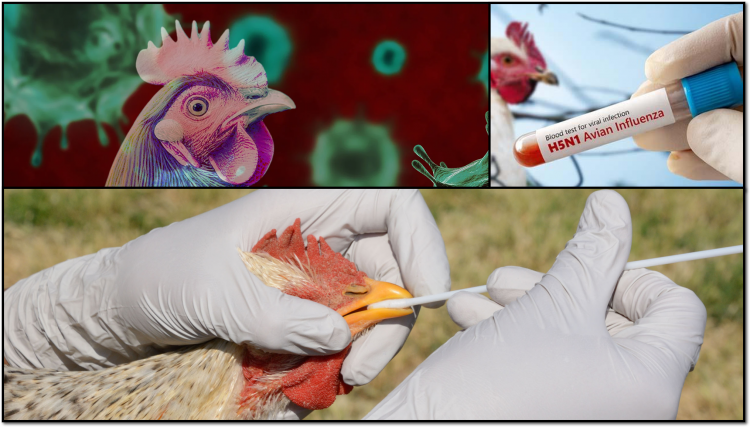
Understanding Avian Influenza:
Categories:
- Avian influenza viruses are classified into different types, some of which are highly pathogenic (HPAI) and others less pathogenic (LPAI). HPAI strains, such as H5N1, pose the greatest threat.
Transmission:
- The virus is spread through contact with the saliva, nasal secretions, or feces of infected birds.
- Wild birds, especially waterfowl, can carry the virus without showing symptoms and act as reservoirs.
- Domestic chickens are very susceptible to infection, and outbreaks can cause significant economic losses.
Concerns:
- The ability of avian influenza viruses to mutate and transmit more easily between humans is a major public health concern.
- The recent spread of H5N1 in mammals, including livestock, is a concern for health authorities.
- The impact on the food supply is also a major concern, as the loss of large numbers of poultry affects the availability and prices of poultry products.
Key Points:
H5N1:
- The H5N1 strain has been a major concern for several years, causing outbreaks in poultry populations worldwide.
- Although human infections are rare, they can be severe, with a high mortality rate.
Recent Developments:
- Reports of H5N1 outbreaks in mammals, including livestock, have increased, raising concerns among health authorities.
- Research and ongoing monitoring are underway to track the virus and understand the risks.
Food Safety:
- Properly cooking poultry and eggs kills the avian influenza virus, so thoroughly cooked food is safe to eat.
What is being done?
Monitoring:
- Health organizations and governments are actively monitoring the spread of avian influenza in both wild and domestic bird populations.
Biological Protection:
- Strict biosecurity measures have been implemented on poultry farms to prevent the spread of the virus.
Research:
- Ongoing research is focused on the development of vaccines and antiviral treatments.
Global Outreach:
- Organizations such as the World Health Organization (WHO) and the Food and Agriculture Organization of the United Nations (FAO) are working to coordinate global efforts to control avian influenza.
It is important to stay informed about the latest developments regarding avian influenza from reliable sources such as the WHO and local health authorities.
Cat Food Recall Period
It's important to understand that the "duration" of a cat's food recall isn't a single, fixed period of time. It's more accurate to think of it as a multi-stage process. Here's one misconception:
Factors Affecting Recall Duration:
Severity of the Problem:
- A product recall due to a small labeling error is likely to be resolved much faster than widespread contamination with a deadly pathogen.
- The spread of diseases like avian flu is a long-term concern.
Scope of the Recall:
- A recall affecting a large quantity of food will have a shorter "active" period than one involving multiple production facilities and widespread distribution.
Company Response:
- The speed and effectiveness with which a company responds to a recall significantly affects its duration.
- Cooperation with regulatory agencies is essential.
Regulatory Actions:
- The FDA and other regulatory agencies play a critical role in overseeing product recalls, and their actions may affect the timeline.
Important recall stages:
Discovery and Notification:
- This occurs when the problem is identified and the company or regulatory agency issues a recall announcement.
Product Removal:
- Retailers and distributors must remove affected products from shelves. Consumers are advised to stop feeding this food to their pets. The length of this phase may vary depending on the product's distribution.
Investigation and Corrective Action:
- The company investigates the cause of the problem and takes steps to prevent it from recurring. This may include changes to manufacturing processes, quality control measures, or ingredient sourcing.
Monitoring and Follow-up:
- Regulatory agencies may continue to monitor the situation to ensure the recall was effective and the problem has been resolved. Resuming Product Sales:
- Once the issue is resolved and regulators are satisfied, the company can resume product sales.
In short:
- The "duration" of a cat food recall varies.
- This is a process that takes a specific amount of time.
- Staying up-to-date with information from the FDA and reliable pet news sources is the best way to stay informed.
Thanks:

